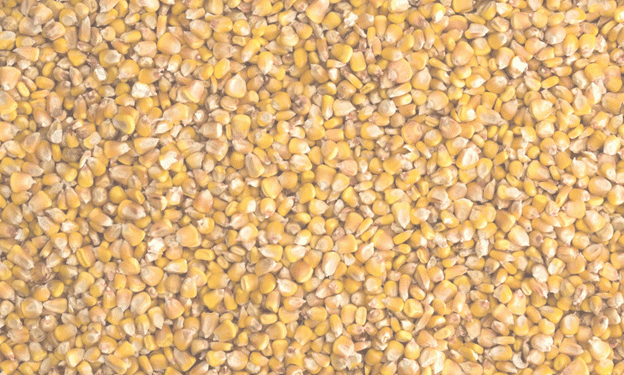Canadian purchases of U.S. corn are off to a notably slow start in the 2024-25 marketing year, driven by abundant supplies of barley and a shift in feed preferences. According to the U.S. Department of Agriculture (USDA), only 1,400 tonnes of corn were sold to Canada during the week ending September 12, with a total commitment of just 56,900 tonnes so far. This is a significant drop compared to the 721,100 tonnes on the books at the same point last year.
Several factors explain this sluggish start, with the most prominent being Canada’s ample carry-over supply of old crop barley. In 2024-25, Canada is expected to produce 7.6 million tonnes of barley, down by 1.3 million tonnes compared to the previous year. However, this shortfall is mitigated by an unusually high carry-in supply of 1.2 million tonnes from the previous season, up by 72% from 2023 and marking the largest barley surplus in six years. As a result, total barley supplies are only slightly down from the previous year, limiting the need for corn imports.
Canada’s total corn imports from the U.S. in the marketing year that ended on August 31, 2024, reached just over one million tonnes. This figure was an increase from 651,000 tonnes the previous year but still fell well short of the record 3.7 million tonnes imported during the 2021-22 marketing year, when severe droughts devastated domestic feed supplies.
Barley, especially in Canada’s key feeding areas like Lethbridge, Alberta, has been competitively priced relative to U.S. corn. In early September, feed barley was priced between C$265 and C$272 per tonne, according to the Alberta government’s market review. This is slightly up from the previous week but still below the delivered corn price of C$288 per tonne. The cost advantage of barley, combined with abundant supplies, has made it a more attractive feed option for Canadian livestock producers, reducing their reliance on imported U.S. corn.
Canada’s shift in feed grain demand highlights the importance of domestic barley supplies in balancing import needs. As barley stocks continue to influence market dynamics, U.S. corn exports to Canada could remain subdued unless there is a significant change in crop conditions or a spike in feed demand.
The broader implications of this shift extend beyond corn and barley prices. With barley production holding steady, Canada’s feed markets are less vulnerable to the kind of shortages seen in past years, when drought drove record corn imports. The current situation may also suggest that Canadian producers are becoming more adept at managing their feed supply chains, optimizing their use of domestic grains to reduce dependence on imported alternatives.
Canada’s slow start to U.S. corn imports in the 2024-25 marketing year is largely due to ample barley supplies from the previous season, which have kept demand for imported feed grain low. While the cost of barley remains competitive, Canadian feed markets are well-positioned to maintain stability, reducing the need for corn imports in the near future. Unless market conditions shift, U.S. corn exports to Canada are likely to remain muted throughout the season.
Error




